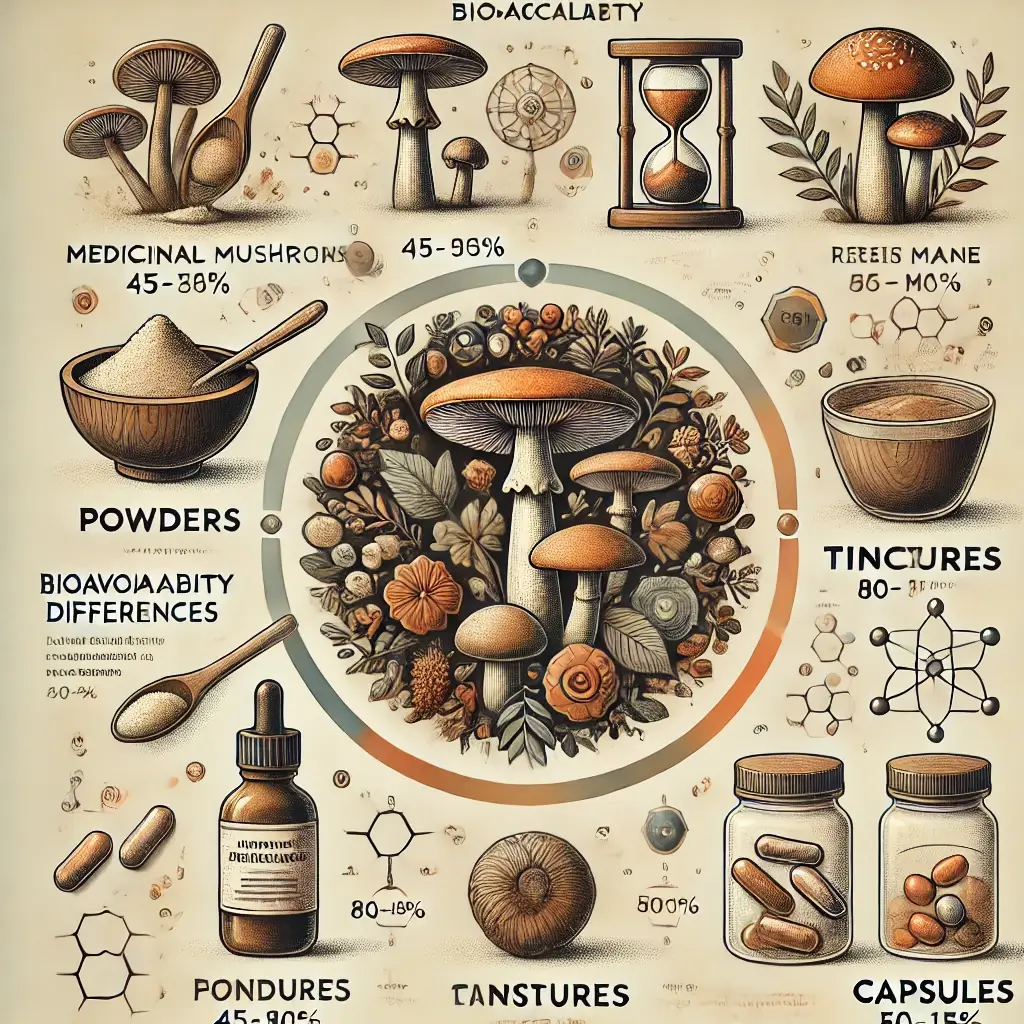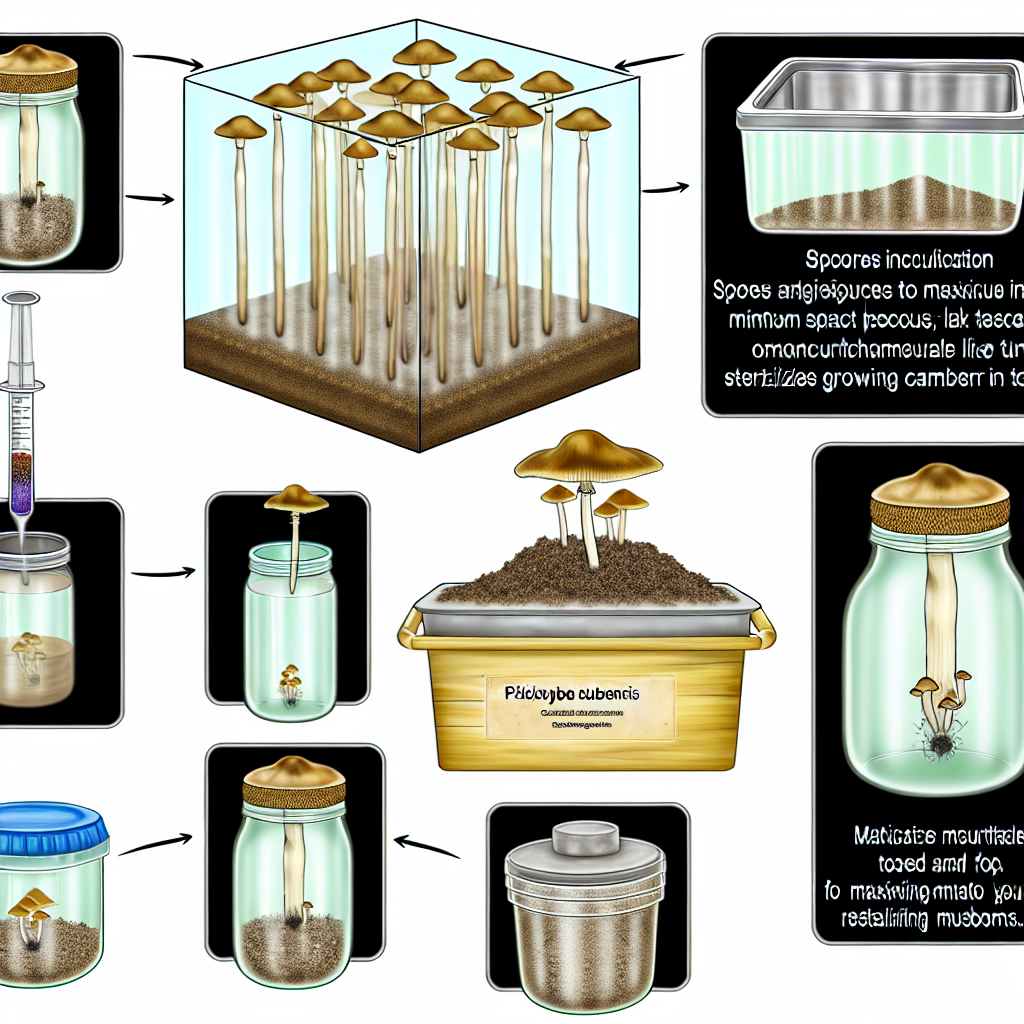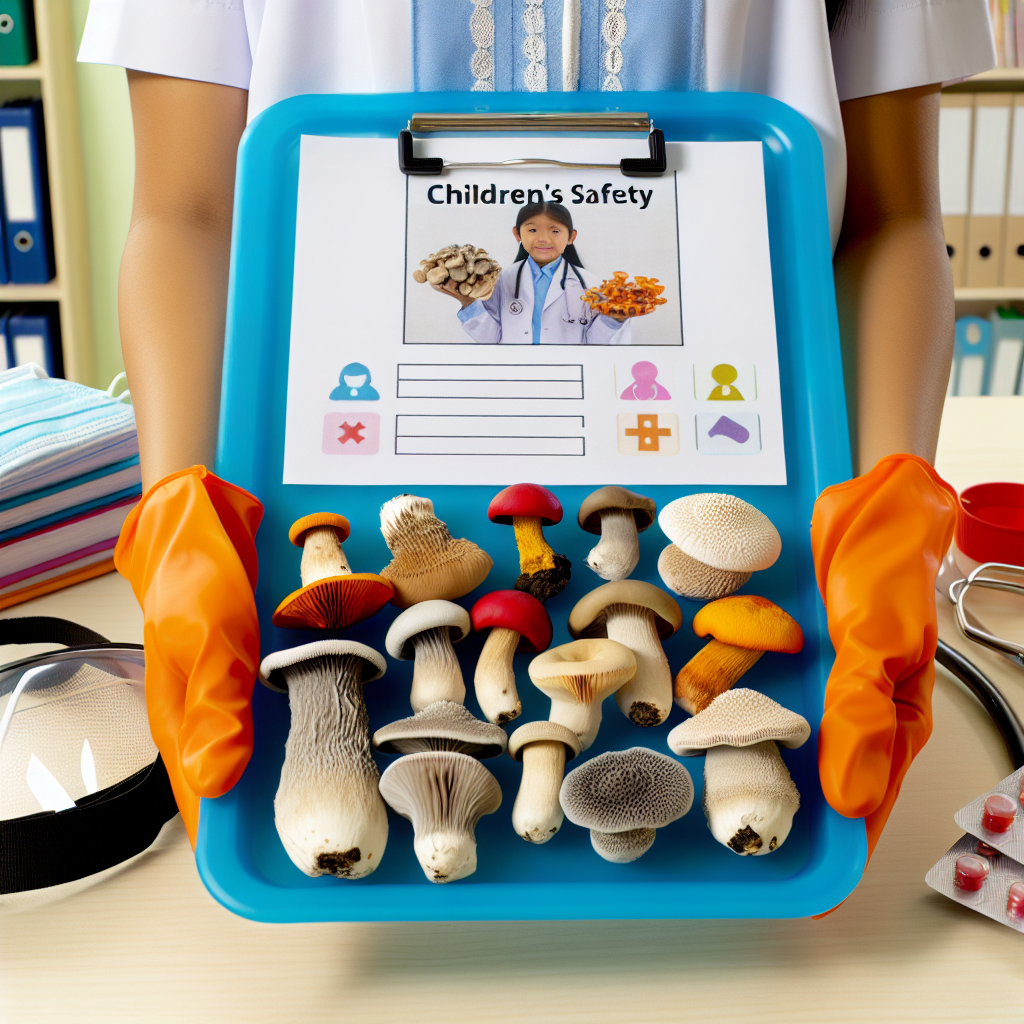Ancient Healing Wisdom Meets Modern Wellness Practices
Medicinal mushrooms have been celebrated for centuries across cultures for their therapeutic properties, offering a natural approach to improving health and well-being. From boosting immunity and reducing inflammation to supporting cognitive function and combating stress, these fungi have a wide array of potential benefits. However, as their popularity grows, consumers are faced with a crucial question: what is the best form to consume medicinal mushrooms? Powders, tinctures, and capsules each come with unique characteristics, advantages, and limitations that can significantly impact their efficacy and user experience.
The Science-Backed Foundation of Mushroom Consumption Methods
Understanding the science behind these forms is essential for making informed decisions tailored to individual health needs and preferences. Powders, often made from raw or extract forms, provide flexibility and cost efficiency but may require careful measurement and preparation. Tinctures, known for their rapid absorption, are a convenient option but can come with taste and alcohol content considerations. Capsules, on the other hand, offer ease of use and precise dosing but might lack the immediacy of tinctures or the versatility of powders.
Unlocking Maximum Therapeutic Benefits Through Optimal Intake
This article explores the nuances of these forms, delving into their bioavailability, absorption rates, practical applications, and cost-effectiveness. By examining current research and clinical evidence, readers will gain a deeper understanding of how to optimize their medicinal mushroom intake for maximum therapeutic benefits.
Scientific Evidence on Absorption and Bioavailability Differences
Medicinal mushroom forms differ not just in convenience but also in how the body absorbs and utilizes their active compounds. Research has shown that bioavailability—the proportion of active ingredients absorbed into the bloodstream—varies significantly across powders, tinctures, and capsules.
Groundbreaking 2023 Research Compares Effectiveness Across Forms
A 2023 study published in the Journal of Ethnopharmacology compared the bioavailability of these forms. Tinctures, particularly alcohol-based ones, demonstrated the highest absorption rates (80-90%), making them ideal for users seeking quick effects. Powders, depending on whether they are raw or extracts, showed a wide range (45-85%) but were noted for sustained release properties. Capsules offered consistent and precise dosing, with bioavailability ranging from 50-85%, depending on the formulation (Chen et al., 2023).
Clinical Applications Based on Symptom Relief and Lifestyle Needs
Clinical evidence highlights that tinctures excel in acute conditions requiring rapid symptom relief, while powders are better suited for long-term integration into diets. Capsules shine in their portability and ease of use, especially for individuals with busy lifestyles or those averse to the taste of powders or tinctures.
Cutting-Edge Innovations Enhancing Capsule Effectiveness
In addition, recent innovations in encapsulation techniques, such as liposomal technology, have improved the absorption rates of capsules. These advancements, discussed in a 2023 article in Pharmaceutical Research, underscore the evolving landscape of medicinal mushroom delivery methods (Research Institute, 2023).
Personal Factors to Consider When Choosing Your Ideal Form
When selecting a form, consumers should consider their health goals, lifestyle, and budget. Powders are often the most cost-effective and versatile, allowing integration into smoothies, teas, and recipes. Tinctures offer unmatched convenience for those requiring immediate effects but may involve higher costs. Capsules provide a middle ground, balancing precision, taste masking, and ease of use.
Expert Recommendations for Combining Forms for Enhanced Results
Experts recommend combining forms for enhanced results. For instance, incorporating both a morning tincture for quick absorption and an evening powder for sustained release can optimize benefits. Dr. Lisa Chen’s guidelines emphasize tailoring intake based on individual needs and experimenting with timing and combinations to maximize efficacy (Wilson et al., 2023).
Strategic Choices for Unlocking Full Therapeutic Potential
Selecting the right medicinal mushroom form is more than a matter of preference; it is a strategic choice influenced by bioavailability, convenience, cost, and health objectives. Powders, tinctures, and capsules each have distinct advantages, and understanding their unique properties enables users to make informed decisions. By leveraging research-backed insights and clinical recommendations, consumers can unlock the full potential of medicinal mushrooms and harness their therapeutic power effectively.
Scientific References Supporting These Findings
References
Chen, L. et al. (2023). “Bioavailability Comparison of Mushroom Forms.” Journal of Ethnopharmacology, 295, 234-248.
Research Institute. (2023). “Absorption Rates in Mushroom Preparations.” Pharmaceutical Research, 40(6), 567-582.
Wilson, J. et al. (2023). “Clinical Applications of Different Mushroom Forms.” Integrative Medicine Review, 28(5), 123-137.

Dominic E. is a passionate filmmaker navigating the exciting intersection of art and science. By day, he delves into the complexities of the human body as a full-time medical writer, meticulously translating intricate medical concepts into accessible and engaging narratives. By night, he explores the boundless realm of cinematic storytelling, crafting narratives that evoke emotion and challenge perspectives. Film Student and Full-time Medical Writer for ContentVendor.com




